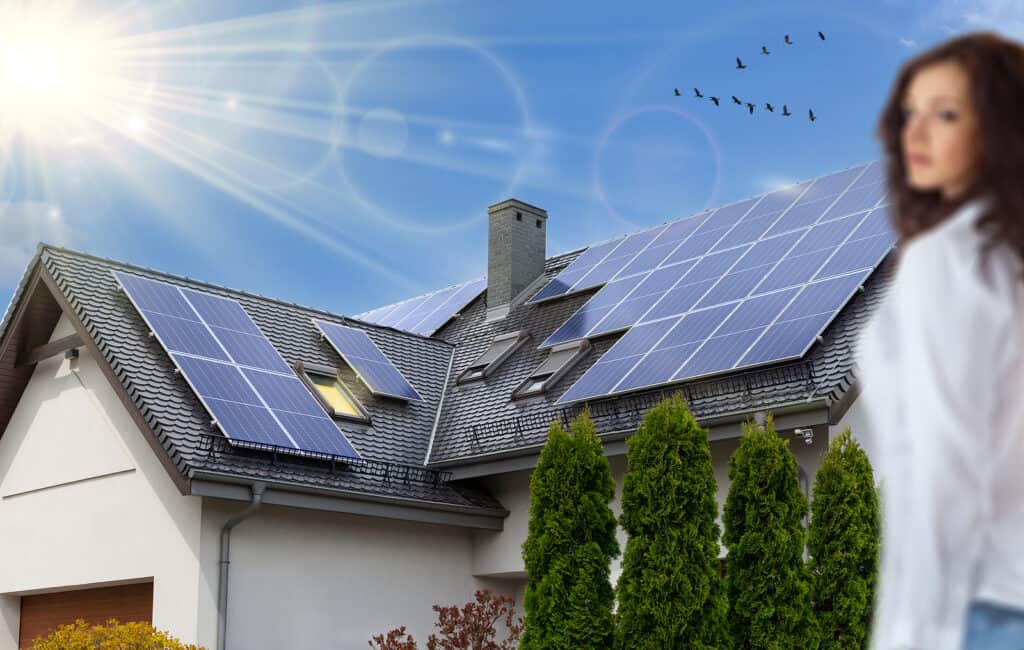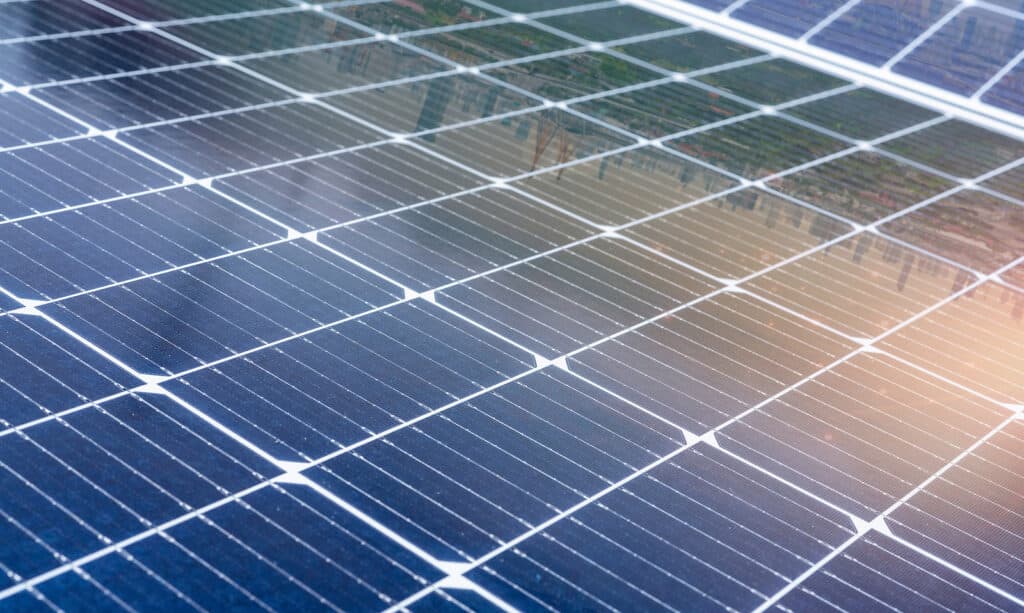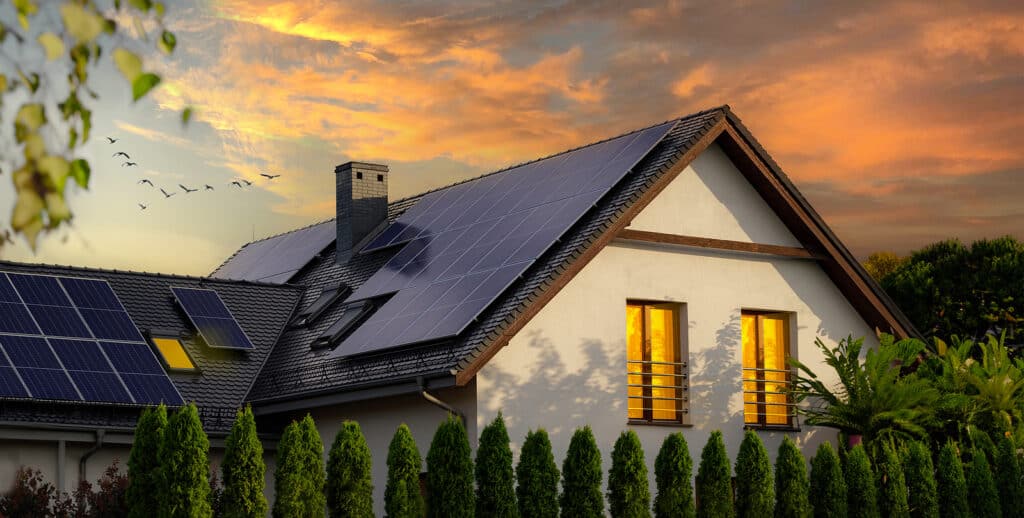Investing in Solar Power
As a homeowner concerned about rising energy costs, I find myself increasingly drawn to the idea of investing in solar power as a viable alternative to traditional energy sources. The thought of harnessing the infinite power supplied by the sun to reduce my dependence on the grid and stabilize my energy expenses is truly enticing. It's heartening to see that solar energy's popularity has been soaring, driven by a surge in environmental awareness and the falling costs of solar panels.
Before taking the leap into solar power investment, I recognize the importance of thoroughly considering various factors to make an informed decision. This comprehensive guide provides all the necessary information I need to understand the intricacies of solar power and its potential benefits for my home.
Understanding Solar Energy
Solar energy is the conversion of sunlight into electricity, either directly using photovoltaics (PV), indirectly using concentrated solar power or a combination. Photovoltaic solar panels absorb sunlight as a source of energy to generate electricity.
The energy conversion process begins when photons (particles of light) hit the solar panel and are absorbed by the semiconductor material (like silicon). This energy knocks electrons loose, allowing them to flow freely. Solar cells then capture these electrons and turn them into electric currents—otherwise known as direct current (DC). An inverter then converts this DC into alternating current (AC), which is suitable for home use.

The Benefits of Solar Energy
Embracing solar power offers a multitude of benefits that extend far beyond just environmental consciousness. Delve into the details of these advantages:
Substantial Reduction in Energy Costs
By harnessing the power of solar panels, you can experience a significant reduction in your electricity bills, and in some cases, eliminate them altogether. The magnitude of these savings is determined by the size of your solar system and your overall electricity consumption patterns.
Appreciation in Property Value
Research conducted by the esteemed National Renewable Energy Laboratory reveals that homes equipped with solar power systems enjoy a distinct increase in their property values. Furthermore, these solar-equipped homes tend to sell at a faster pace compared to non-solar residences, making them highly attractive investments.
Unparalleled Energy Independence
The installation of solar panels empowers you to become self-sufficient in terms of electricity generation. This newfound autonomy diminishes your reliance on traditional utility companies, providing you with a sense of energy independence and control over your power supply.
Impeccably Environmentally Friendly
At the core of solar energy lies its pristine nature as a clean and renewable energy source. Harnessing solar power substantially contributes to the reduction of harmful greenhouse gas emissions, safeguarding the environment for future generations.
Long-Term Cost Stability
Solar power provides a stable and predictable energy cost over the long term. Unlike traditional fossil fuel-based energy sources, solar energy is not subject to fluctuating prices or geopolitical influences. Once your solar system is installed, you can enjoy a reliable and consistent energy source, shielding yourself from the volatility of the energy market.
Low Maintenance Requirements
Solar panels have minimal maintenance needs, making them highly cost-effective in the long run. Generally, occasional cleaning and inspections are sufficient to keep the system operating optimally. Many solar panel manufacturers also offer lengthy warranties, ensuring peace of mind and protection against unforeseen issues.
Job Creation and Economic Growth
The widespread adoption of solar energy contributes to the creation of new jobs and drives economic growth in the renewable energy sector. From manufacturing and installation to research and development, solar energy initiatives stimulate employment opportunities and promote sustainable economic development.
Grid Resilience and Energy Security
Distributed solar energy systems, such as rooftop solar installations, enhance grid resilience and energy security. By generating electricity at or near the point of consumption, solar power reduces the strain on transmission lines and decreases the risk of widespread power outages during natural disasters or other emergencies.

Types of Solar Power Systems
When it comes to harnessing the sun's energy, three distinct types of solar power systems offer versatile solutions to cater to diverse energy needs:
Grid-Tied Systems
Grid-tied solar power systems establish a connection with the local utility grid, forming a symbiotic relationship. During periods of ample sunlight, the solar panels generate electricity, part of which is utilized to power your home or business. Any surplus energy produced beyond your immediate consumption requirements is seamlessly fed back into the grid. This surplus energy is credited to your account, effectively turning your electric meter backward—a process known as net metering. Subsequently, during times when your solar system is not generating enough electricity (such as at night or on cloudy days), you can draw power from the grid, ensuring an uninterrupted and reliable energy supply.
Off-Grid Systems
Operating autonomously and independently from the utility grid, off-grid solar power systems are designed to fulfill all the electricity needs of your home or business. These self-sufficient systems require a comprehensive setup that includes not only solar panels but also a battery storage system capable of storing excess energy generated during sunny periods. Additionally, to safeguard against prolonged periods of insufficient sunlight, an off-grid system often incorporates a backup generator. This generator serves as an emergency power source, ensuring continued electricity supply during extended cloudy periods or high-demand situations.
Hybrid Systems
The hybrid solar power system seamlessly blends the best features of both grid-tied and off-grid setups, offering a flexible and resilient energy solution. Similar to grid-tied systems, hybrid setups maintain a connection to the local utility grid. However, what sets them apart is the inclusion of an energy storage component, usually in the form of a battery bank. When your solar panels produce more energy than your immediate consumption requires, the surplus electricity is diverted to the battery bank for later use. This enables you to harness the stored energy during times of low solar generation or during grid outages, ensuring a continuous power supply, even when the grid is down.
How Much Does a Solar Panel System Cost?
Determining the cost of a solar panel system involves a nuanced evaluation that considers various factors, including system size, geographic location, and the specific equipment employed. While the average cost of solar panels in the United States falls within the range of $15,000 to $25,000, it is essential to delve into the details of these contributing elements. Here's a more comprehensive breakdown:
System Size
The size of a solar panel system directly influences its cost. Larger systems with higher wattage capacities will naturally require more solar panels and associated components, leading to increased upfront expenses. The system size is often dictated by the energy needs of the property in question, and a higher demand for electricity may necessitate a larger and more costly solar setup.
Geographic Location
The location of the property plays a significant role in determining the overall cost of a solar panel system. Sunlight availability, regional weather patterns, and local electricity rates impact the system's performance and, consequently, the required number of solar panels. Areas with ample sunlight and higher electricity rates tend to yield more substantial savings over time, but initial costs may still vary based on regional differences in solar installation demand and local market conditions.
Type of Equipment Used
The quality and efficiency of the solar panels and other system components can influence the overall cost. High-efficiency solar panels and advanced inverters may come with a higher price tag, but they can lead to better energy production and potentially quicker return on investment. Additionally, factors like brand reputation, warranties, and system monitoring capabilities can affect the overall cost and long-term reliability of the system.
Available Incentives
Federal, state, and local incentives can significantly offset the upfront cost of solar panel systems. These incentives may include tax credits, rebates, grants, or other financial incentives designed to encourage renewable energy adoption. The availability and value of these incentives can vary by location, and potential solar adopters should thoroughly research and take advantage of applicable programs to maximize cost savings.
Financing Options
The method of financing the solar panel system can also impact its overall cost. Cash purchases may provide the most immediate return on investment but require a larger upfront investment. Solar leases and power purchase agreements (PPAs) offer lower upfront costs, but the long-term savings may be less than that of a purchased system.
Additional Costs
In addition to the solar panels themselves, there may be other expenses to consider, such as installation labor, permitting fees, and the cost of mounting equipment and electrical work. These ancillary costs can vary based on the complexity of the installation and local regulations.
Solar Power Incentives and Tax Credits
Governments worldwide recognize the importance of promoting renewable energy adoption and have devised a range of incentives to make solar power more accessible and financially viable for individuals and businesses. Here is an in-depth look at some of the most significant solar incentives and tax credits available:
Federal Solar Investment Tax Credit (ITC)
One of the most substantial incentives in the United States, the Federal Solar Investment Tax Credit (ITC) has been instrumental in driving solar adoption. As of the latest information, the ITC allows homeowners and businesses to claim a tax credit equal to 26% of the total cost of installing a solar energy system. This credit directly reduces the amount of federal income tax owed, resulting in significant savings. However, it's essential to note that the ITC percentage may vary in future years, so staying informed about the latest updates is crucial.
State Tax Credits
In addition to the federal ITC, many states offer their own tax credits to further incentivize solar installations. These state-specific tax credits can vary widely in terms of their value and eligibility criteria. Some states may offer a flat-rate tax credit, while others may base it on a percentage of the system cost or energy production. It's vital to research the incentives available in your state and consult with a local solar energy provider or tax professional to understand the potential savings for your specific situation.
Cash Rebates
Several states and local utility companies offer cash rebates as a direct financial incentive for installing solar panels. These rebates are typically based on the system size or energy output and can significantly reduce the upfront cost of going solar. Rebate programs, however, may have limited funding or specific application windows, so it's essential to act promptly and be well-informed about the current availability and requirements.
Solar Renewable Energy Certificates (SRECs)
Some states implement Solar Renewable Energy Certificate (SREC) programs to promote solar energy generation. SRECs represent the environmental attributes of a specific amount of solar energy produced, and they can be sold or traded on a market. By installing a solar system, you can earn SRECs based on the amount of solar energy your system generates, providing an additional revenue stream to offset the initial investment cost.
Local and Municipal Incentives
Certain cities and municipalities may offer additional incentives to promote solar adoption within their jurisdictions. These incentives could include property tax abatements, expedited permitting processes, or other local benefits to encourage residents and businesses to embrace solar energy.
Solar Panel Efficiency and Lifespan
Solar panel efficiency is a crucial factor that dictates the amount of sunlight a panel can convert into usable electricity. Panels with higher efficiency levels can generate more electricity for a given amount of sunlight, making them an appealing option for situations where space is limited, such as smaller rooftops. While these higher efficiency panels may come with a higher initial cost, their potential to maximize energy production can lead to greater long-term savings and a quicker return on investment.
However, it's essential to weigh the benefits of increased efficiency against the specific requirements and available space of the installation site. In some cases, the additional upfront cost of high-efficiency panels may not be fully justified if the available roof area can accommodate more standard-efficiency panels to achieve the required energy production.
Moreover, advancements in solar technology have led to improvements in efficiency across various panel types over time. As technology continues to progress, it's vital for prospective solar adopters to research the latest advancements and consult with reputable solar installers to determine the most suitable panel options for their specific needs and budget.
Conclusion
As I dive deeper into the world of solar power, I am overwhelmed by the myriad benefits it offers and the potential positive impact it can have on my life as a homeowner concerned about rising energy costs. The idea of harnessing the sun's infinite power to reduce my dependence on the grid and stabilize my energy expenses is truly captivating.
This comprehensive guide has shed light on the intricacies of solar energy, from understanding how solar panels convert sunlight into electricity to exploring the various types of solar power systems available. Learning about grid-tied, off-grid, and hybrid setups has given me a better grasp of the flexibility and resilience that solar energy can provide.

